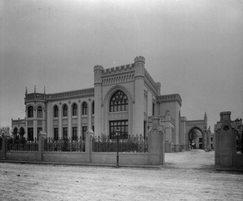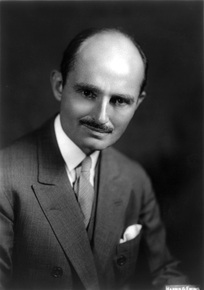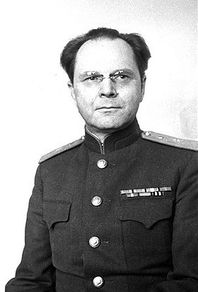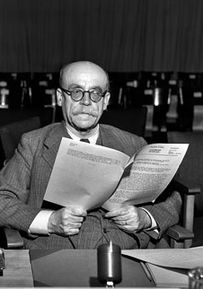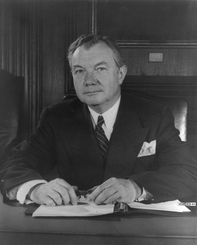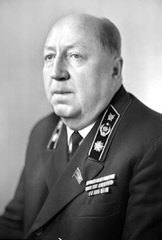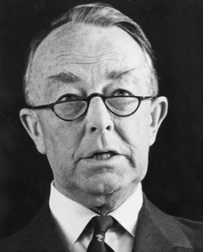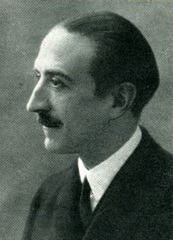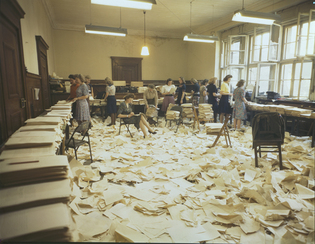"In 1945, the international community faced for the very first time the issue of bringing to trial the government of one of its renegade members." - Historian Richard Overy
Unprecedented Challenges- As early as 1943, Allies decided to put Nazi war criminals on trial despite no previously existing legal guidelines.
|
"There were, I suppose, three possible courses: to let the atrocities which had been committed go unpunished; to put the perpetrators to death or punish them by executive action; or to try them. Which was it to be? Was it possible to let such atrocities go unpunished? Could France, could Russia, could Holland, Belgium, Norway, Czechoslovakia, Poland or Yugoslavia be expected to consent to such a course?" - Sir Geoffrey Lawrence, British Judge in the IMT |
The Moscow Conference
|
Spiridonovka Palace, site of the Moscow Conference
(Wikimedia Commons) |
In late 1943, Ministers of Foreign Affairs of Great Britain, the Soviet Union, and the US met to discuss strategies, including strategy for addressing German human rights violations and breaches of international agreements, ultimately authorizing a formal trial for Nazi war criminals. |
The London Charter
|
In 1945, the London Charter was released, outlining the rules for the International Military Tribunal (IMT). |
The London Charter in full; key points highlighted in yellow
|
The Charges: The Basis of the IMT and Modern International Law



Mouse over images for quote from London Charter describing each charge
(Images: History Channel)
(Images: History Channel)
The IMT Judges
Each allied nation had one judge, and they must vote 3-1 for a verdict to be final.
The IMT Prosecution Teams
Prosecution teams had several attorneys, but chief prosecutors were most active in the trial proceedings.
Prosecution Goals
|
Instead of focusing solely on punishing Nazi leaders, the prosecution focused on establishing a precedent of international responsibility to protect human rights and prevent/prosecute aggressive war.
Robert H. Jackson on the charge of Aggressive War
(The Legacy of War, PBS) |
|
Seeking Out a Paper Trial
Selecting Defendants
Defendants were selected on the basis of their level of influence in the Nazi government and connection to Nazi war crimes, though the US had final say since they held most of the defendants in custody. (Image Credits: University of Missouri)
|
|
